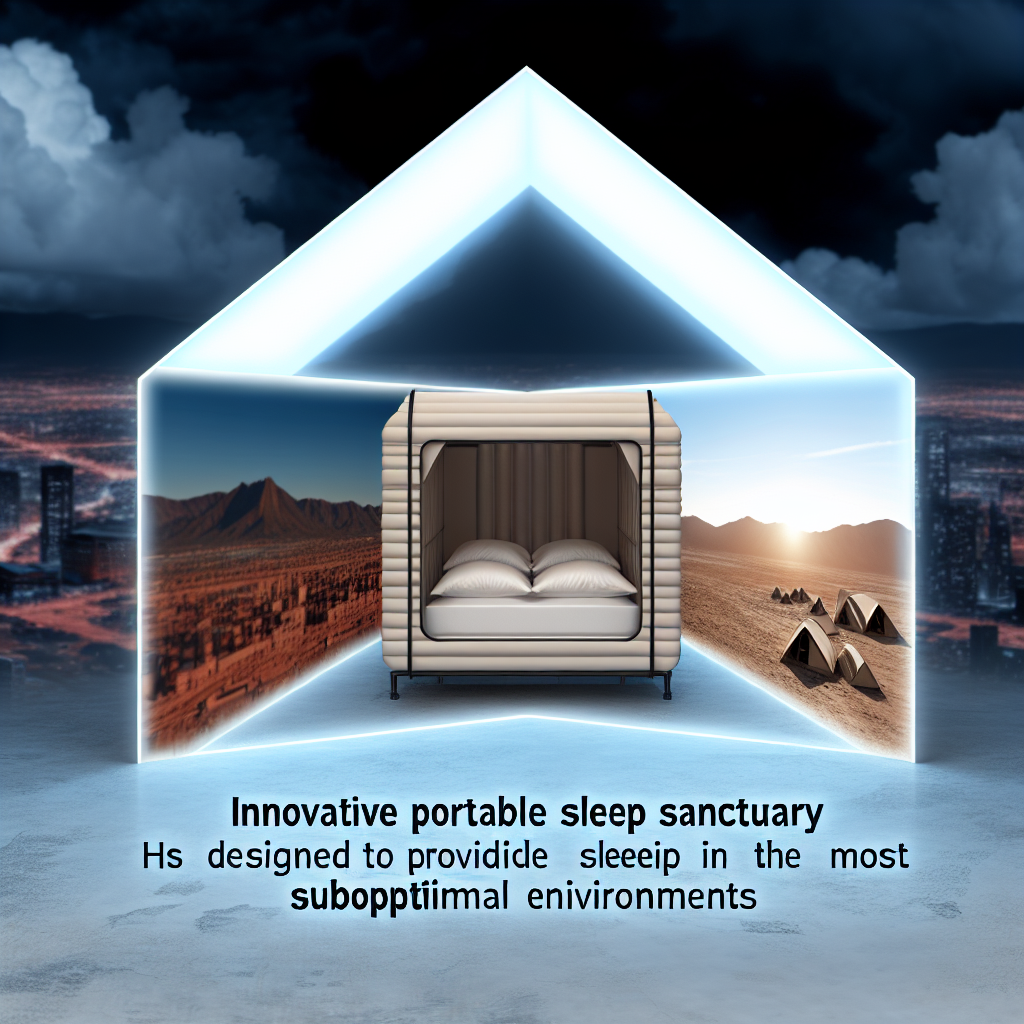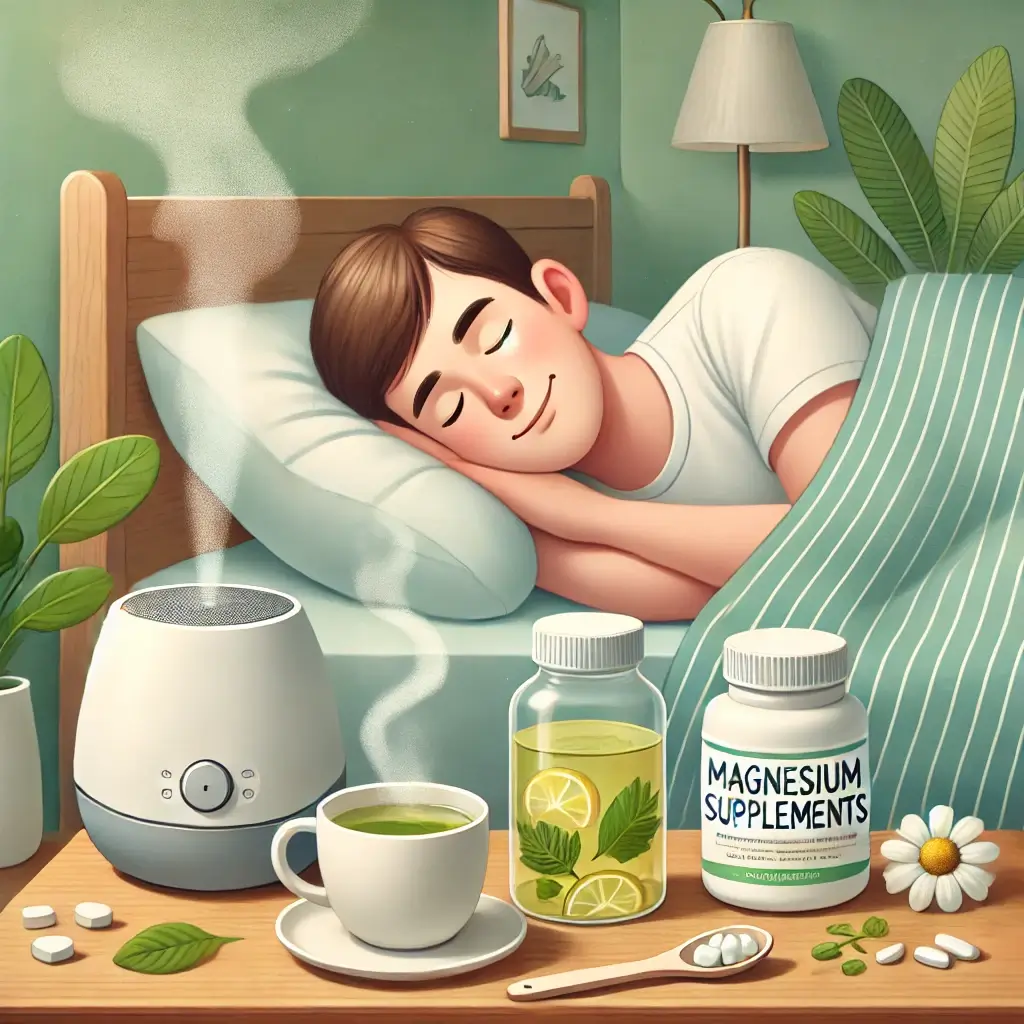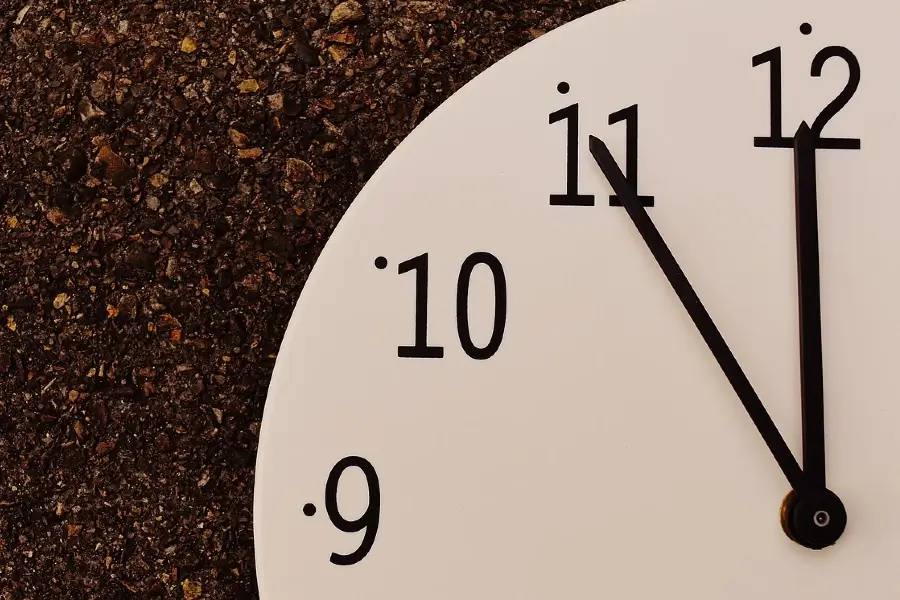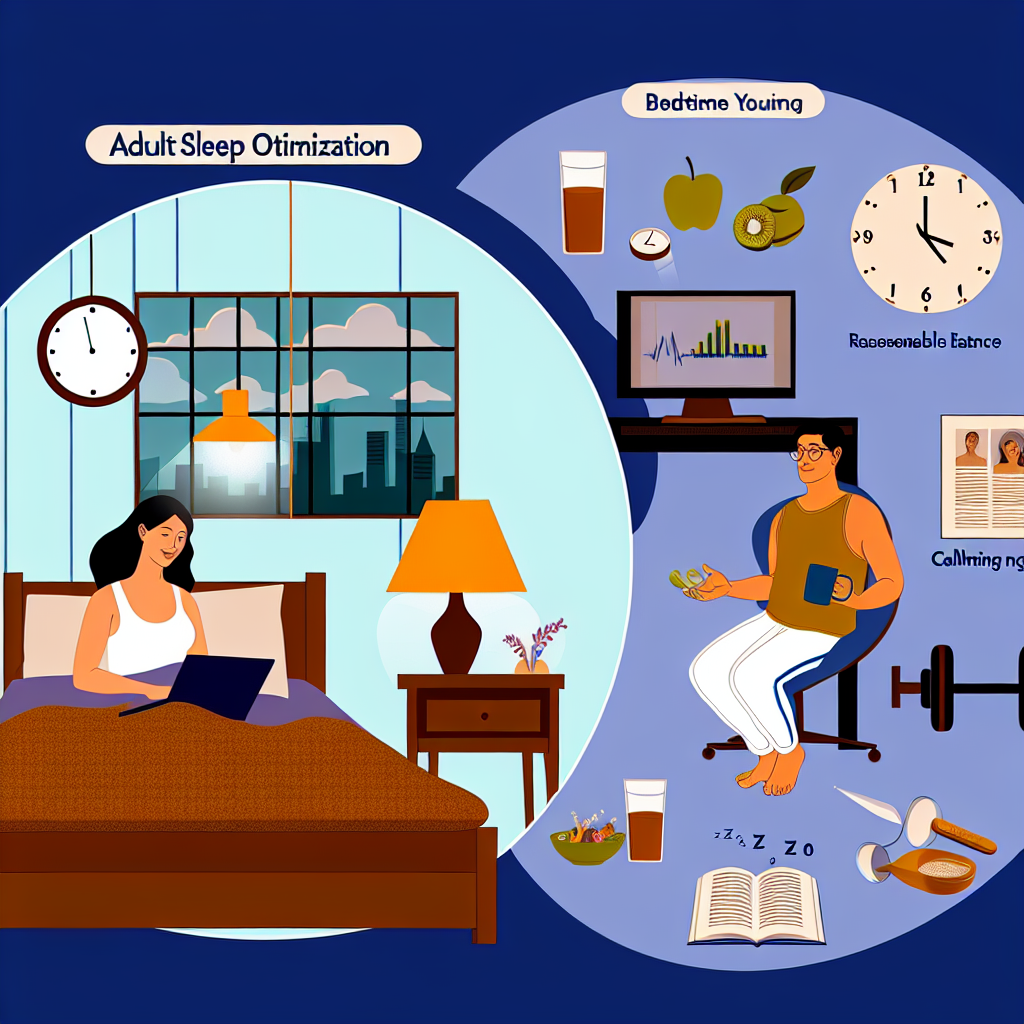Portable Sleep Sanctuaries: Sleep Technology Designed for Anywhere You Go
Sleep is fundamental to human health and cognitive function, yet many people are increasingly forced to rest in less-than-ideal settings. Whether due to travel, work demands, disaster relief scenarios, or urban noise pollution, creating a sleep-conducive environment on the go is no longer a luxury — it’s a necessity.
Why Portable Sleep Sanctuaries Matter More Than Ever
According to the American Academy of Sleep Medicine (AASM), good sleep depends not just on how long you sleep but also the environment in which you do it. Noise levels, temperature, and light exposure all influence sleep quality. In fact, research published in the journal Sleep Health reveals that urban noise and artificial light can significantly disrupt circadian rhythms and sleep efficiency.
Cutting-Edge Features That Redefine Rest
Portable Sleep Sanctuaries represent the fusion of sleep-focused technology and smart environmental design. Let’s explore the key technologies behind their function:
1. Acoustic Shielding and Noise Cancellation
Innovative sanctuaries include features like white noise generators and active noise cancellation systems built into the walls or structural fabrics of sleep pods. For individuals resting in noisy environments — such as airports, shared living spaces, or hospitals — these features are game-changers.
A 2021 study published in Current Sleep Medicine Reports found that people using structured sleep pods with sound-buffering features slept 30% better in loud urban environments than their peers.
2. Temperature Regulation for Deep Sleep
Human sleep cycles are closely tied to body temperature. Studies from The Journal of Physiological Anthropology confirm that ideal sleep onset occurs when core body temperature drops slightly. Portable Sleep Sanctuaries achieve this with phase-change materials (PCMs) and smart textiles that adapt to the external climate and your body heat — keeping the ambient temperature within an optimal 60–67°F.
3. Light Exposure Optimization
Artificial blue light — especially from phones or LEDs — suppresses melatonin, making it harder to fall asleep. Portable sanctuaries counteract this with full blackout capabilities and smart lighting systems that adjust color temperature over time. Philips’ SmartSleep, for instance, offers wearable light therapy devices that enhance deep sleep by regulating your circadian cycle.
A review in Nature and Science of Sleep supports using light-regulating technologies to reduce sleep latency and improve satisfaction during rest periods.
4. Integrated Air Purification
Poor air quality disrupts oxygen intake during sleep, especially for those with respiratory sensitivities. Some sanctuaries integrate HEPA filters and air purification systems to deliver clean, allergen-free airflow throughout the night. According to the EPA, clean air can significantly contribute to better respiratory health and fewer sleep interruptions.
Smart Monitoring and Biometric Integration
Portable Sleep Sanctuaries often integrate biometric tracking to personalize the sleep experience. Devices such as the Oura Ring and Emfit QS monitor your sleep stages, breathing rate, and heart rate variability — using this data to adjust settings like airflow, lighting, or even ambient sounds in real time.
These systems don’t just improve sleep in the moment — they give users valuable feedback to enhance long-term sleep hygiene. Many sanctuaries connect via Bluetooth to smartphone apps, making real-time personalization and tracking easy and seamless.
From Space to Airports: Real-World Applications of Sleep Sanctuaries
The principles of Portable Sleep Sanctuaries are already being applied in some of the most demanding environments imaginable.
NASA, for example, develops sleep compartments for astronauts that include circadian-friendly lighting and noise isolation techniques. On Earth, airport sleep pods — like those in Tokyo, Dubai, and New York — offer high-quality solutions for travelers seeking comfort and privacy for a few hours. Humanitarian organizations are testing deployable shelters that include sleep sanctuaries in disaster zones, ensuring aid workers and displaced individuals can rest even in crisis environments.
From luxury to logistics, the technology is scaling rapidly — improving both individual well-being and operational effectiveness.
The Future of Sleep is Flexible, Smart, and Mobile
As the lines between work, life, and travel continue to blur, consistent, high-quality sleep in transitional or makeshift spaces can no longer be considered optional. Portable Sleep Sanctuaries are not only innovative — they are essential tools for maintaining physical health, cognitive precision, and emotional well-being.
Whether you’re a remote professional, a first responder, a traveler, or anyone with an unpredictable schedule, a Portable Sleep Sanctuary could be your ultimate tool for recovery and restoration. Backed by science and enabled by smart technology, these mobile environments elevate the concept of “a good night’s sleep” to an entirely new level.
Summary:
Portable Sleep Sanctuaries are self-contained, easy-to-set-up units designed to mimic the ideal sleep setting. They leverage advanced materials, smart features, and ergonomic design to control light, sound, temperature, and even air quality, creating a mobile sleep environment that can be deployed anywhere. These innovative solutions are becoming essential for professionals, travelers, and others who face sleep challenges in demanding environments.

Dominic E. is a passionate filmmaker navigating the exciting intersection of art and science. By day, he delves into the complexities of the human body as a full-time medical writer, meticulously translating intricate medical concepts into accessible and engaging narratives. By night, he explores the boundless realm of cinematic storytelling, crafting narratives that evoke emotion and challenge perspectives.
Film Student and Full-time Medical Writer for ContentVendor.com




